Description
Digital Art using Computer Vision – OpenCV
The recognition system of using image processing has to improve a little bit. Nowadays handwriting recognition system is required to detect the different types of texts and fonts. This will give problems for security reasons. In this paper, we are implementing the handwriting recognition process by using deep neural network algorithms and techniques. A neural network will give the extraordinary performance to classify images, the images which have the content of our requirements. Here we are having two types of images. By combining the database images with input images we can classify the results. We are having database images with different types writing styles and different types of fonts.
EXISTING SYSTEM:
- SVM classifier
- K means clustering
DRAWBACKS:
- High Computational load
- Poor discriminatory power
- Less accuracy in classification
Digital Art using Computer Vision – OpenCV
PROPOSED SYSTEM:
- A CNN passes an image through the network layers and outputs a final class. The network can have tens or hundreds of layers, with each layer learning to detect different features. Filters are applied to each training image at different resolutions, and the output of each convolved image is used as the input to the next layer. The filters can start as very simple features, such as brightness and edges, and increase in complexity to features that uniquely define the object as the layers progress
APPLICATION:
- Desktop computer
- Mobile computer
SOFTWARE REQUIREMENTS:
- MATLAB 2018b
Digital Art using Computer Vision – OpenCV
REFERENCE:
[1] Ting, R., S. Chun-lin, and D. Jian, Handwritten character recognition using principal component analysis. MINI-MICRO Systems, 2005. 26(2): p. 289-292.
[2] Walid, R. and A. Lasfar. Handwritten digit recognition using sparse deep architectures. in Intelligent Systems: Theories and Applications (SITA-14), 2014 9th International Conference on. 2014. IEEE.
[3] Li, Z., et al. Handwritten digit recognition via active belief decision trees. in Control Conference (CCC), 2016 35th Chinese. 2016. IEEE.
[4] Schmidhuber, J., Deep learning in neural networks: An overview. Neural Networks, 2015. 61: p. 85-117.
[5] LeCun, Y., Y. Bengio, and G. Hinton, Deep learning. Nature, 2015. 521(7553): p. 436-444.
[6] Hinton, G.E. and R.R. Salakhutdinov Reducing the dimensionality of data with neural networks. Science, 2006. 313(5786): p. 504-507.
[7] Yu, K., et al., Deep learning: yesterday, today, and tomorrow. Journal of Computer Research and Development, 2013. 50(9): p. 1799-1804.
[8] Sun, Z.-J., et al., Overview of deep learning. Jisuanji Yingyong Yanjiu, 2012. 29(8): p. 2806-2810.
[9] Bengio, Y., Learning deep architectures for AI. Foundations and trends? in Machine Learning, 2009. 2(1): p. 1-127.
[10] LeCun, Y., C. Cortes, and C.J. Burges, The MNIST database of handwritten digits. 1998.
[11] Bouchain, D., Character recognition using convolutional neural networks. Institute for Neural Information Processing, 2006. 2007.
[12] Hinton, G.E., S. Osindero, and Y.-W. The, A fast learning algorithm for deep belief nets. Neural computation, 2006. 18(7): p. 1527-1554.
[13] Wu, M. and L. Chen. Image recognition is based on deep learning. in Chinese Automation Congress (CAC), 2015. 2015. IEEE.
[14] Fischer, A. and C. Igel. An introduction to restricted Boltzmann machines. in Iberoamerican Congress on Pattern Recognition. 2012. Springer.
[15] Ciregan, D., U. Meier, and J. Schmidhuber. Multi-column deep neural networks for image classification. in Computer Vision and Pattern Recognition (CVPR), 2012 IEEE Conference on. 2012. IEEE.

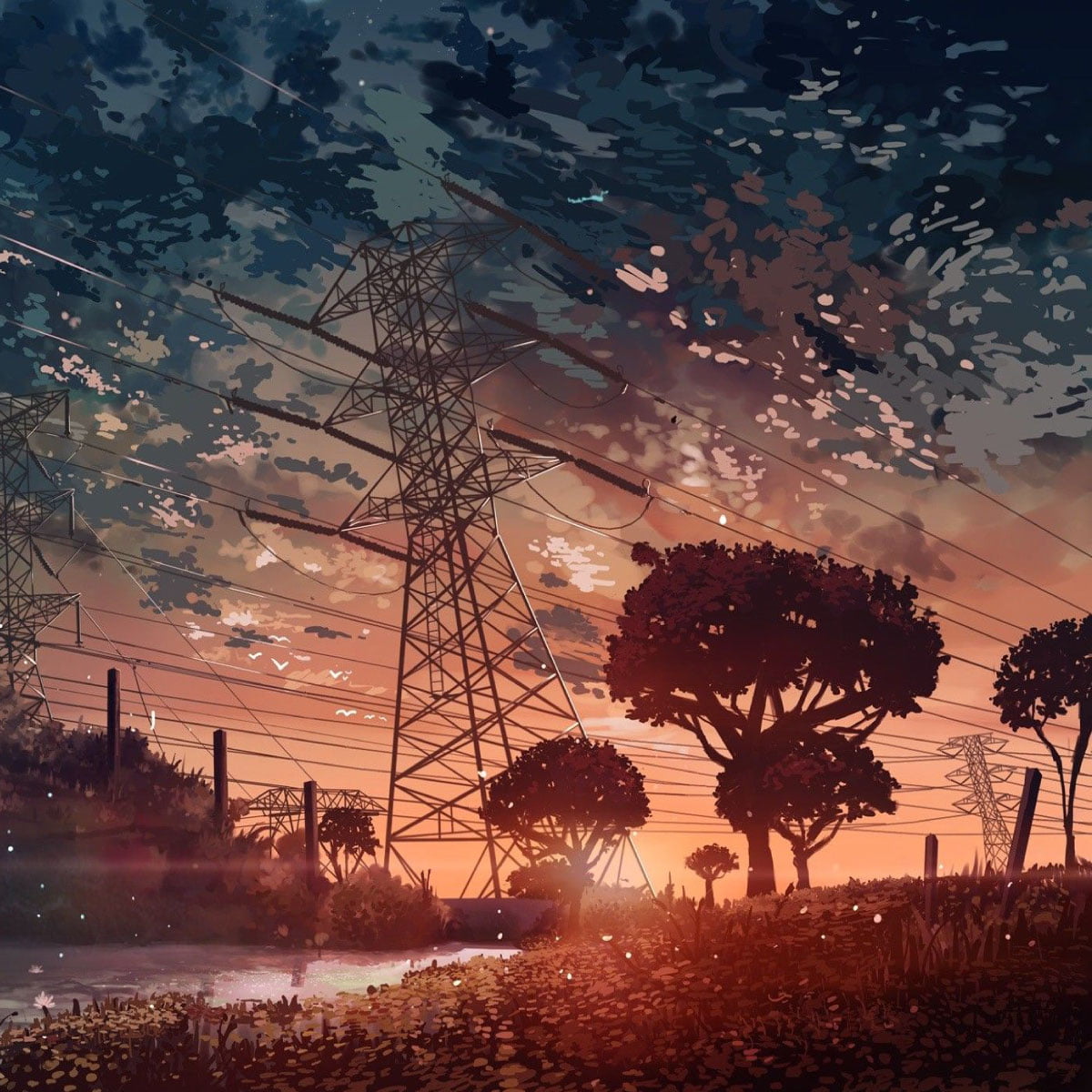
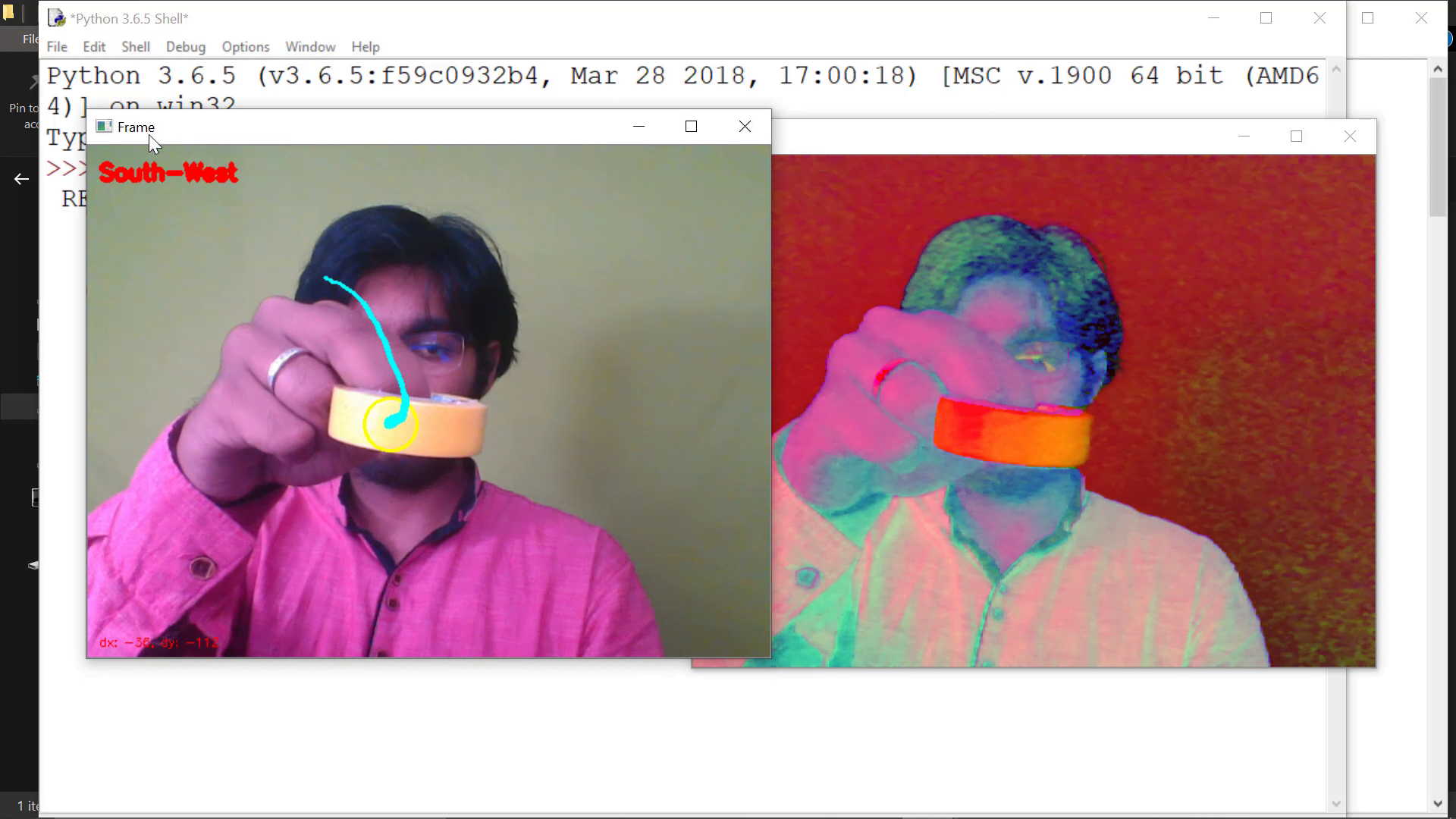
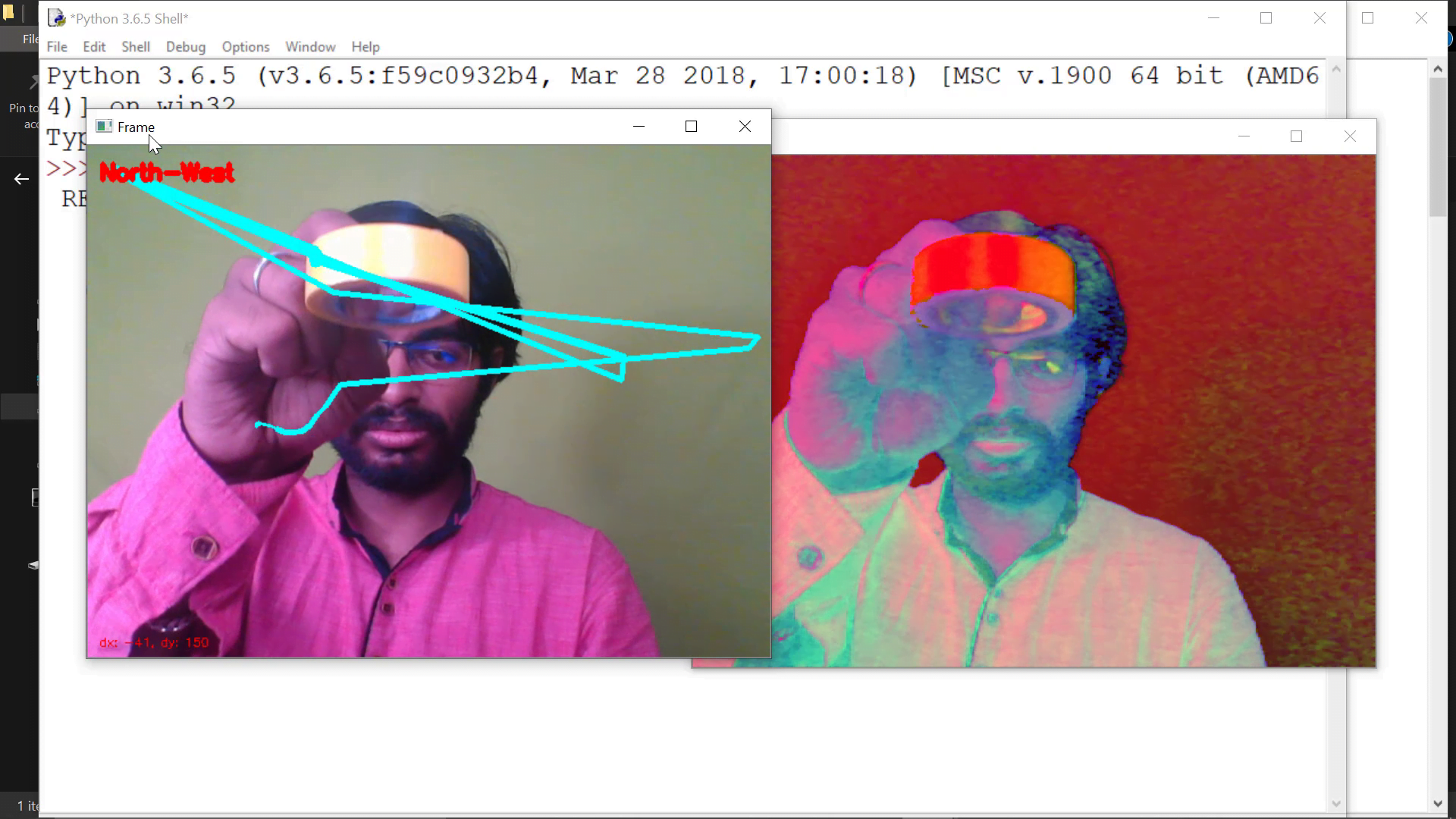
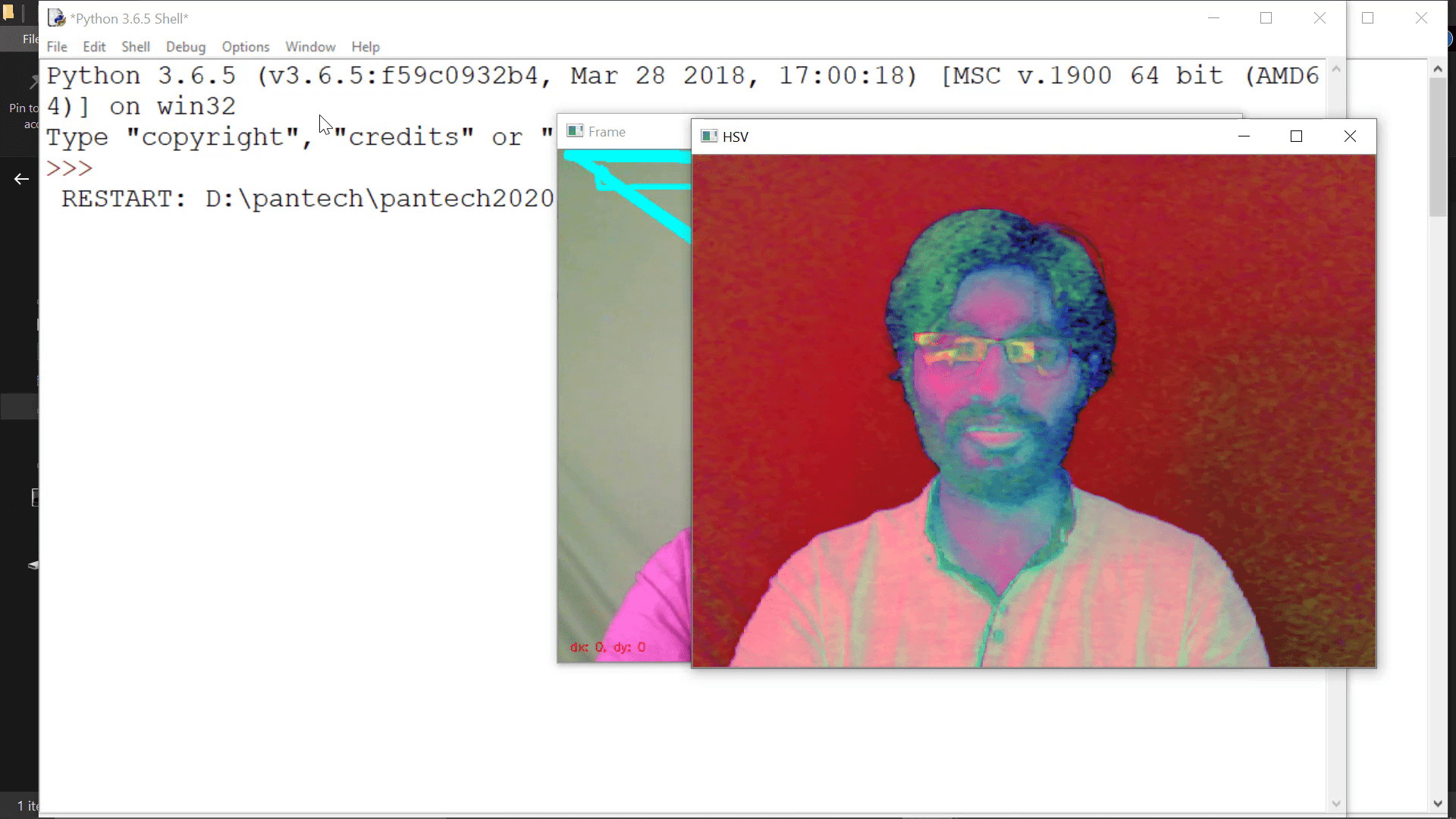

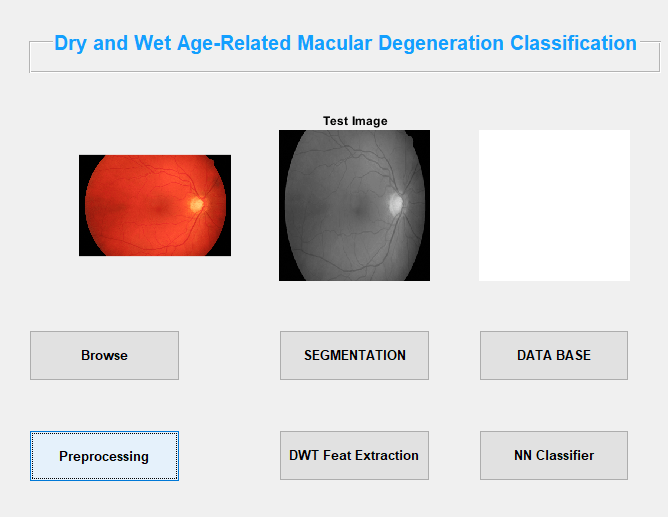

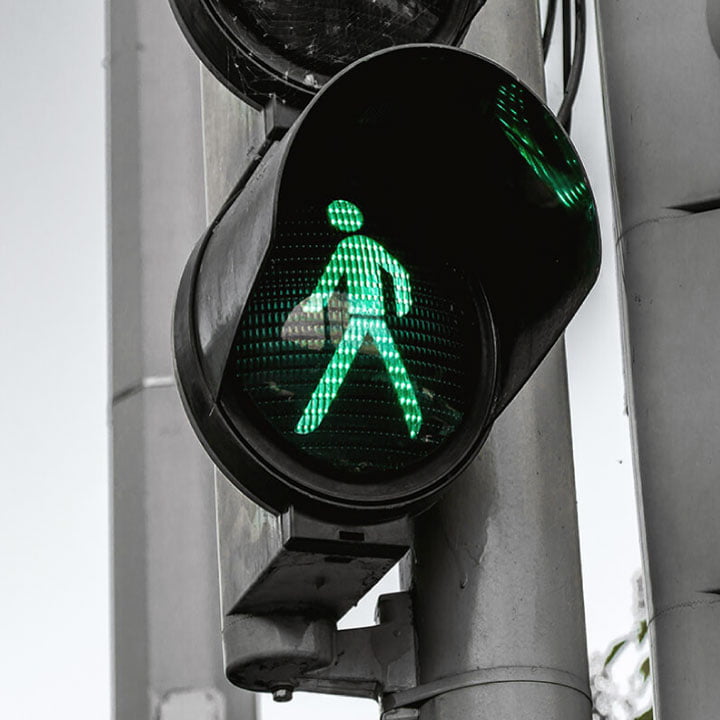





























































































































































































































































































































































































































































































































































































































































































































































































































































































































































































































































Customer Reviews
There are no reviews yet.